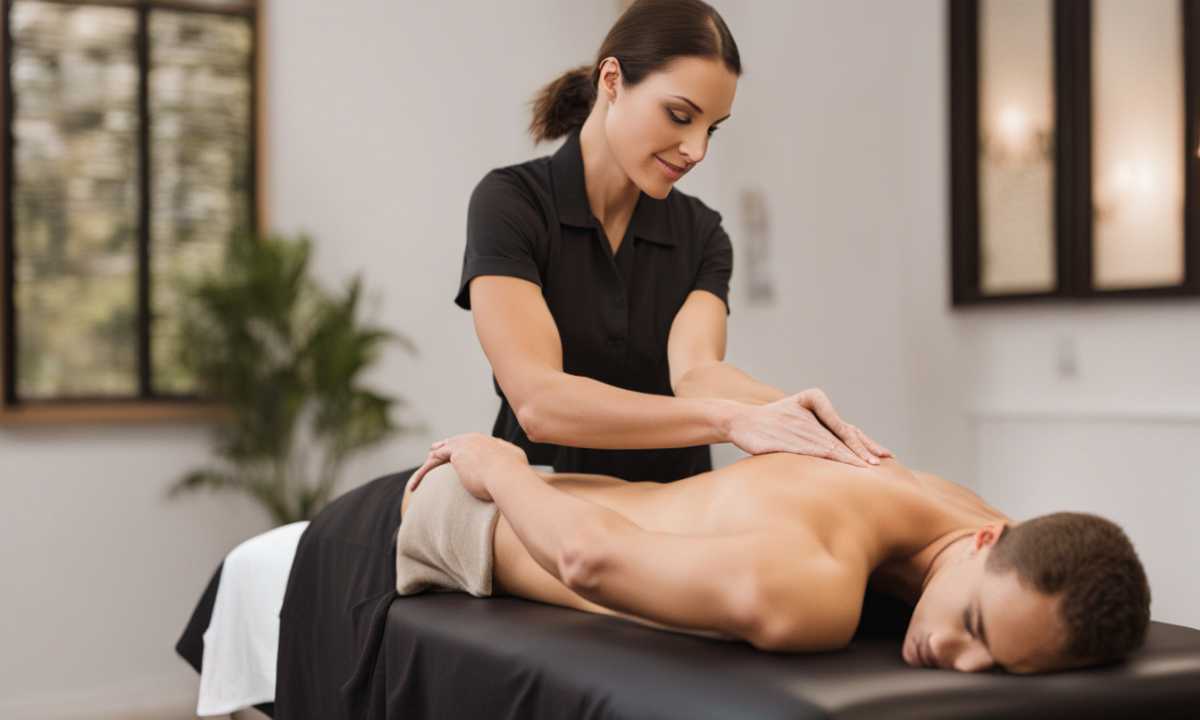A rewarding career path combining professional growth with hands-on healing is that of massage therapist. Your location, program of study, and specialty will all affect your path to license as a massage therapist. Although some practitioners choose lengthier courses for advanced certificates, generally it takes between 6-12 months of committed study to meet the fundamental criteria.
How To Become A Massage Therapist?
You have to follow these crucial phases to become a massage therapist:
- Complete a state-approved massage therapy program
- Gain hands-on experience through clinical practice
- Pass the required licensing examination
- Obtain state licensure and necessary certifications
- Secure liability insurance
- Begin practicing either independently or with an established business

Educational Requirements and Timeline
Formal schooling starts the road to becoming a massage therapist. Most approved massage therapy courses call for:
- 500-1000 hours of classroom instruction and hands-on training
- Core coursework in anatomy, physiology, and kinesiology
- Practical experience through supervised clinical practice
- Business ethics and professional standards training
- First aid and CPR certification
Program lengths vary by state and institution:
- Full-time programs: 6-8 months
- Part-time programs: 12-18 months
- Associate degree programs: 18-24 months
Students must also complete supervised clinical hours, typically ranging from 100-300 hours depending on state requirements.
Related Article: Massage Therapy Schools
Licensing and Professional Development
After completing educational requirements, aspiring massage therapists must:
- Pass the Massage and Bodywork Licensing Examination (MBLEx) or equivalent state exam
- Apply for state licensure (requirements vary by location)
- Obtain liability insurance
- Complete continuing education credits to maintain licensure
Professional development opportunities include:
- Specialized certifications (sports massage, prenatal massage, etc.)
- Advanced therapeutic techniques
- Business management training
- Continuing education courses
Usually spanning one to two years beyond initial licencing, the path for complete professional development includes developing a client base.
References:
- American Massage Therapy Association (AMTA) https://www.amtamassage.org/become-a-massage-therapist/
- Federation of State Massage Therapy Boards https://www.fsmtb.org/
- National Certification Board for Therapeutic Massage and Bodywork https://www.ncbtmb.org/
- Commission on Massage Therapy Accreditation https://comta.org/
Note: Since rules and standards differ depending on jurisdiction, kindly check all criteria with your local state board.
